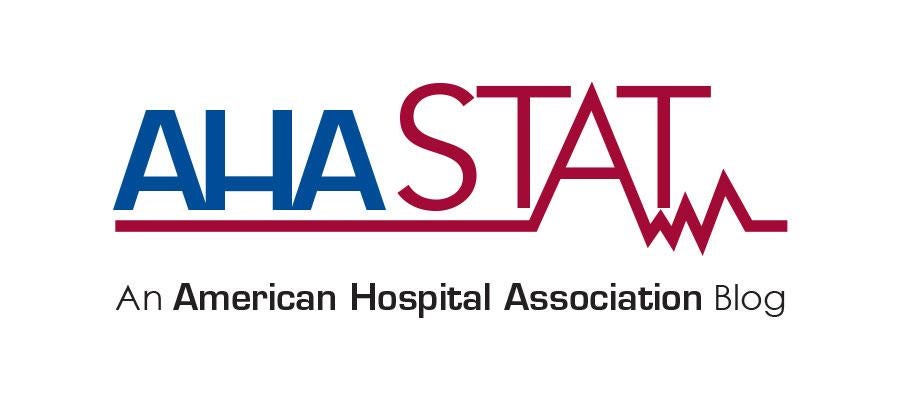Creating a Culture of Connection: Combating Isolation and Loneliness in the Health Care Workforce

No one goes into the health care field unless they want to care for people, but often we care for others so much that accepting care for ourselves is difficult. Add to that the fact that there is still stigma in seeking mental support; and in rural hospitals it can be especially difficult, as resources are limited. Even in the rare occasions that there are multiple locations available, health insurance may require those suffering to ask for help from the co-workers they see every day.
As a leader in health care, I support 14 facilities across six states. The majority are in rural locations, many of which are critical access hospitals (CAHs). As I visited many of the facilities in 2023, I observed amazing clinical work. However, both my human resource partner and I heard endless stories of how many team members were struggling with issues at home. Multiple members of the team were caring for aging parents and children, and many were struggling with their own mental health for other reasons. Even though they were surrounded by people all day, the common theme was they felt entirely alone.
I started to do some research and learned that Surgeon General Vivek Murthy, M.D., has stated that loneliness is an epidemic in our country. In his 2023 study “Our Epidemic of Loneliness and Isolation,” he found approximately 50% of adults experience loneliness. At the time, I supervised 6,000 employees, meaning it was more than probable that 3,000 people felt alone, even though they were surrounded by people who may have been going through similar issues. I realized that, as a leader, I needed to intentionally focus on creating cultures of connection.
In March 2024, the human resource leader for the region and I hosted a panel discussion for Women’s History Month focusing on life’s struggles. We thought if 10 people showed up, we would have a success on our hands. Over 200 people participated virtually, and the conversation was engaging and extremely emotional. In the 30-minute session, my co-coordinator and I shared our personal stories, creating a safe space for those attending to share their own, in addition to sharing helpful resources and strategies. Comments received after the session included:
- “Thank you so much for sharing. It is tremendous to hear the real journeys some of our strongest leaders have walked through.”
- “Thank you for your honesty and vulnerability in bringing to light such an important conversation. I feel connected and so hopeful for where this helps lead us all.”
- “Those who are the most sad are the best at being happy on the outside.”
We have continued with these 30-minute sessions, which have a different focus (suggested by the participants) each month. Team members have found a place to be vulnerable, to share what help they need and to see where their colleagues are struggling.
We’ve also found that three things are necessary for the work to be worthwhile:
- High-level leaders need to kick things off by sharing their own stories. It can seem strange for a leader to show vulnerability, but it was and is my responsibility as a leader to demonstrate that we all have struggles.
- Be clear on the why. Keeping meetings short and focused means busy people know that these meetings are worth their time.
- Allow others to participate in and even adapt the program as they see fit, whether that’s suggesting topics; starting small, in-person groups; or contributing any other ideas that will best serve their team. Leadership cannot do it all, so find people who have the same passion and trust them to lead.
Just as in our society at large, it’s clear that in the microcosms of our health care facilities there is a real need for connection. Helping people feel seen and connected to others is a critical step in reaching our ultimate goal: not one more suicide in the health care workforce. Creating a culture where team members know that colleagues — whether the high-level executive or the co-worker next to them in the lunchroom — truly care for them is the key to sharing the burden that no one can bear alone.
Margo Karsten is the president of Banner Health’s Western Region and sits on AHA’s Policy Board for Region 8.

